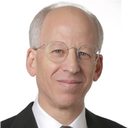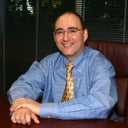The tip of your nose is still big, as you mentioned, and it sits low. Elevating the tip should help quite a bit.


